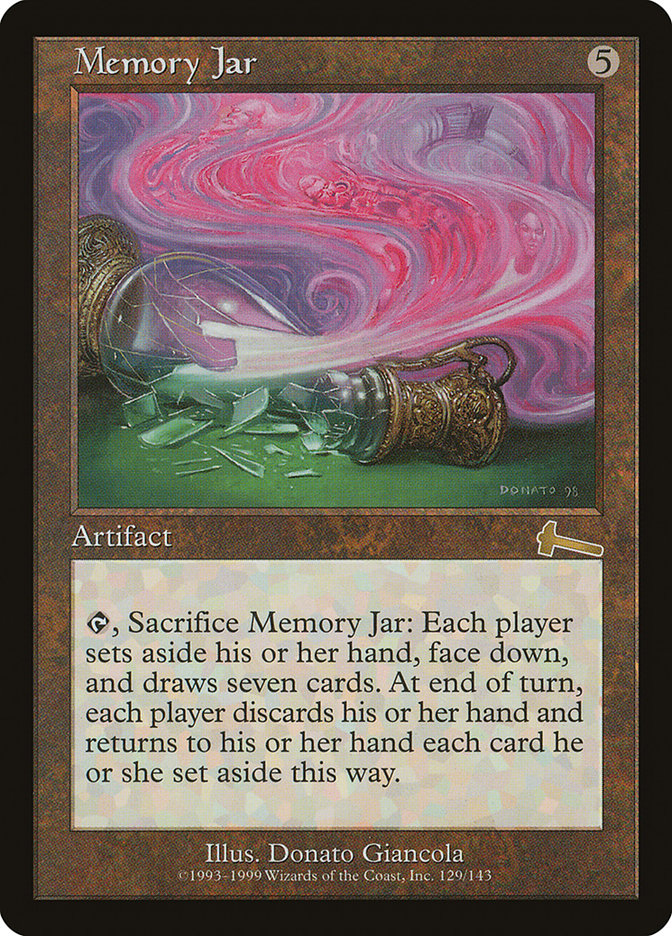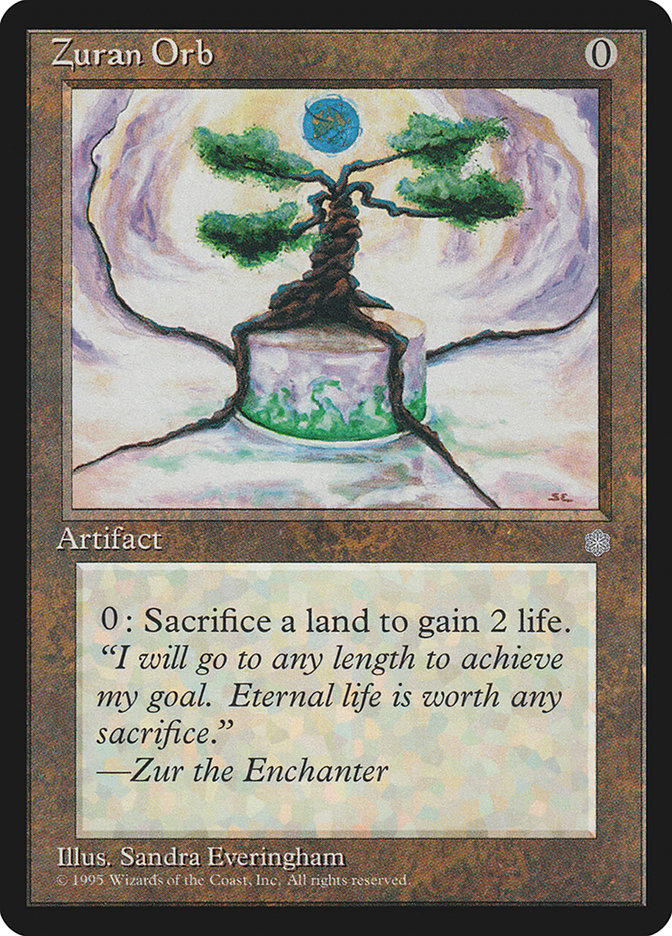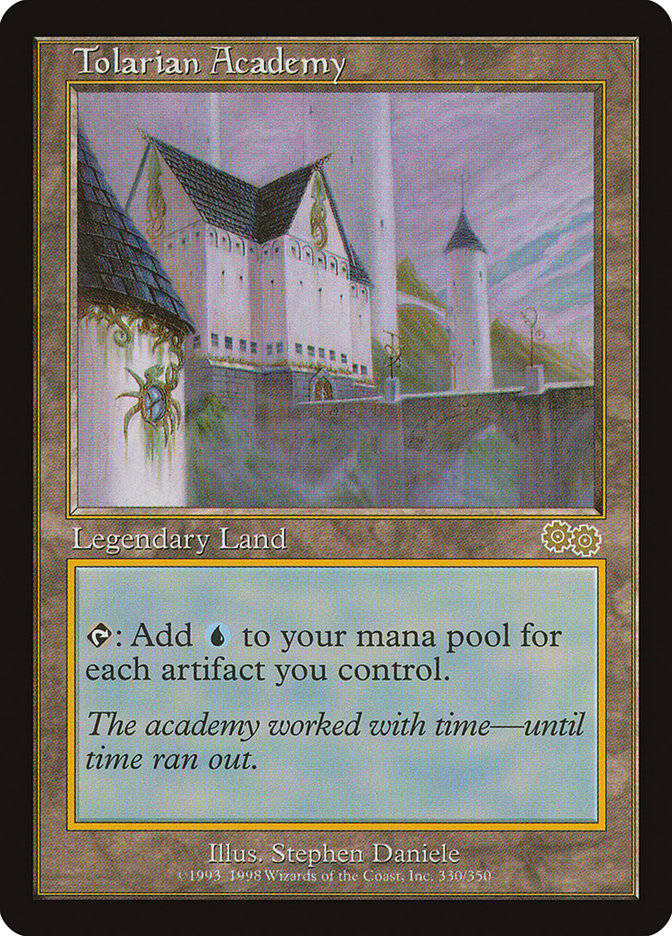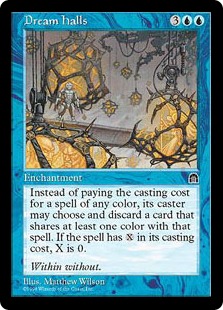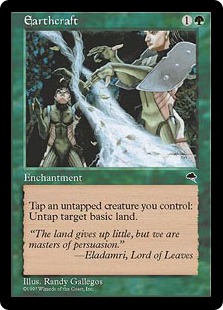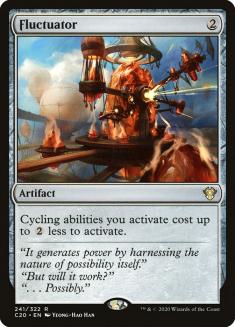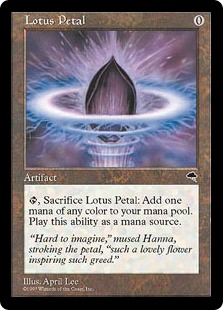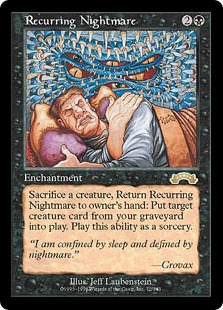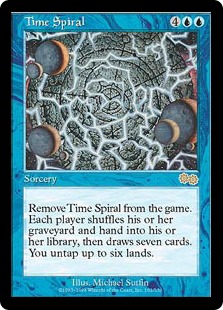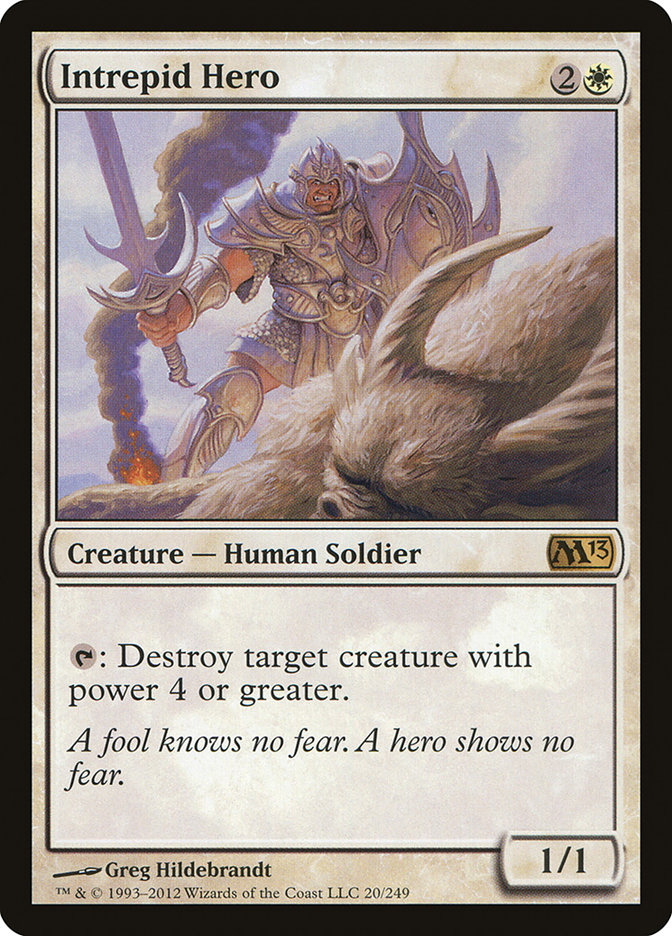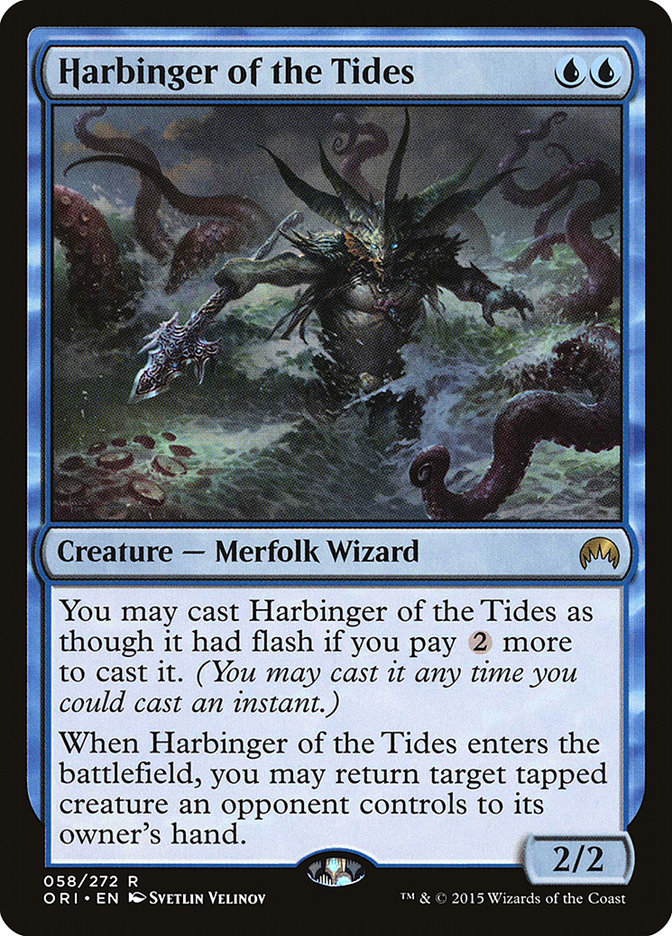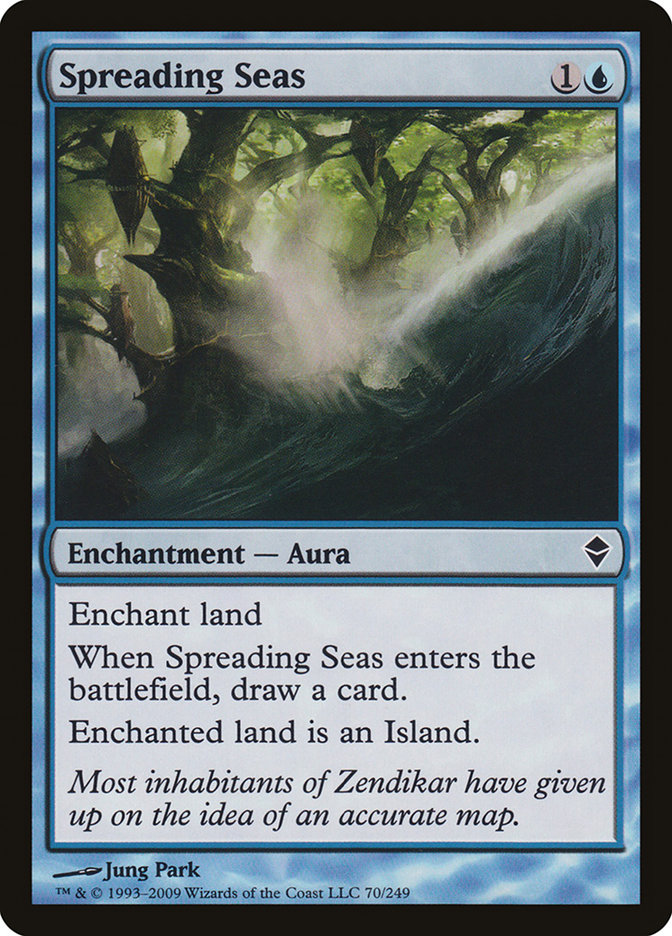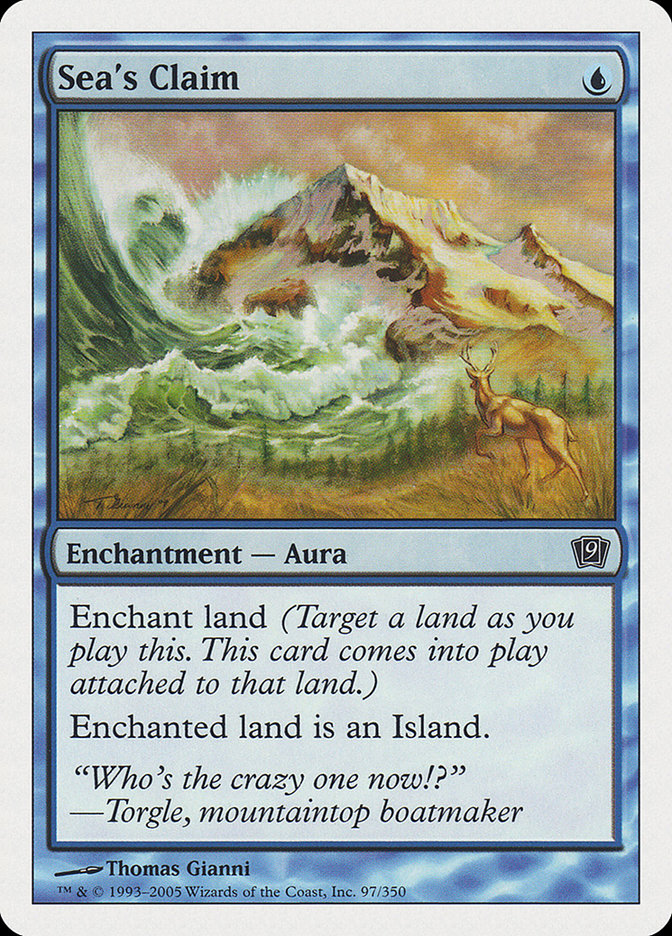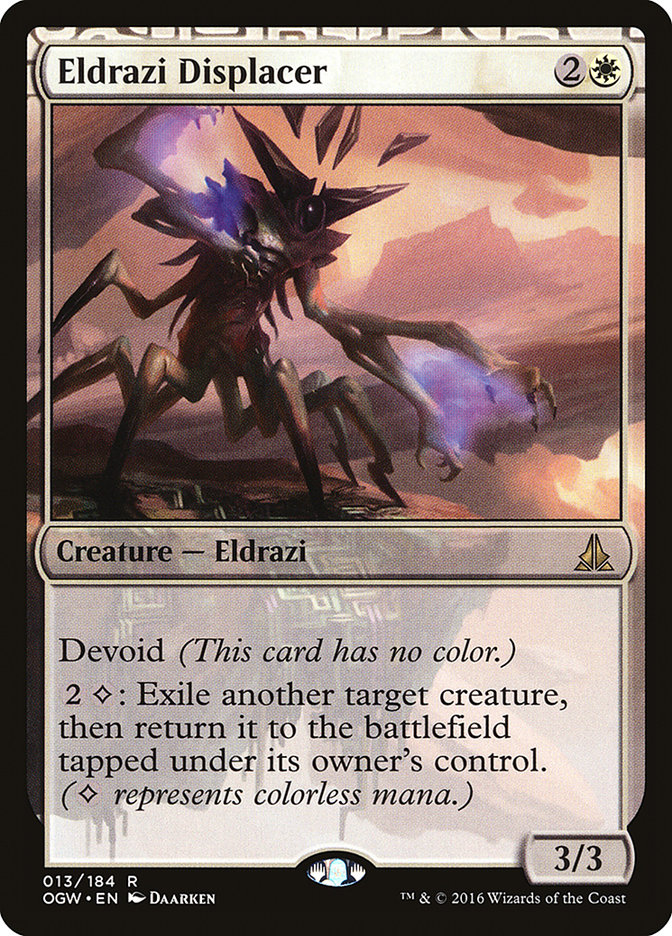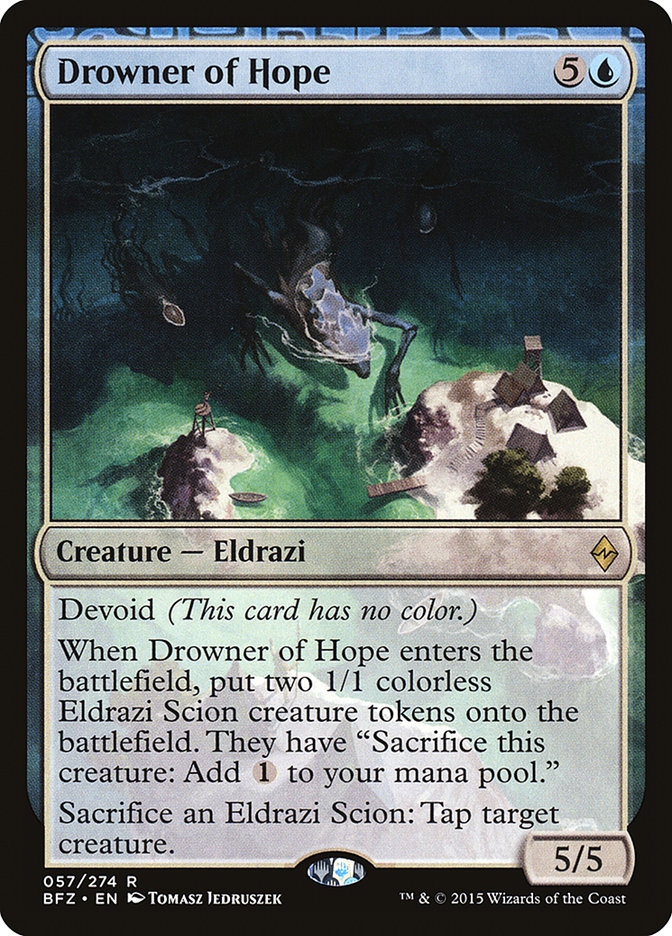 Reality Smasher and friends have dominated Regionals, PTQs, and most recently the Modern SCG Tour® in Louisville. While it was Affinity that ultimately took down the title, half the Top 8 and fully eleven of the Top 16 finishers at that event were playing some form of Eldrazi.
Reality Smasher and friends have dominated Regionals, PTQs, and most recently the Modern SCG Tour® in Louisville. While it was Affinity that ultimately took down the title, half the Top 8 and fully eleven of the Top 16 finishers at that event were playing some form of Eldrazi.
Creatures (28)
- 4 Drowner of Hope
- 4 Endless One
- 4 Eldrazi Skyspawner
- 4 Eldrazi Mimic
- 4 Eldrazi Displacer
- 4 Reality Smasher
- 4 Thought-Knot Seer
Lands (25)
Spells (7)
Sideboard

Creatures (33)
- 4 Drowner of Hope
- 4 Endless One
- 4 Eldrazi Skyspawner
- 2 Ruination Guide
- 4 Vile Aggregate
- 4 Eldrazi Mimic
- 3 Eldrazi Obligator
- 4 Reality Smasher
- 4 Thought-Knot Seer
Lands (24)
Spells (3)

While there were murmurs of a potential ban in the wake of the Pro Tour, as time has gone on, those murmurs have become a deafening roar. Some people have gone so far as to suggest that Wizards should circumvent the usual ban process and timeline and issue an emergency ban immediately to rid Modern of either Eye of Ugin or Eldrazi Temple prior to the triple Modern Grand Prix weekend coming up next month.
While it may be the case that the Modern format would be better off without one or both of those cards, Wizards should certainly follow their regular timeline to give them the axe. Banning cards is already an extreme measure. Emergency banning outside of the announced schedule is something that has only happened once in the history of Magic, and it was for something a whole lot worse than the Eldrazi.
A little bit of a history lesson, for those who might not be familiar. In the late 1990s, back when Standard was still called “Type 2,” Wizards of the Coast R&D weren’t quite as adept at their jobs as they are now – though, remarkably, only one card had ever been banned at that point: Zuran Orb, which got the axe in part because of the logistical implications cheap, massive lifegain had for tournament play.
But it was not alone for long. Urza block, in particular, was full of cards that allowed players to do things like generate lots of fast mana, draw lots of cards, and play cards without paying their costs, all red flags in modern-day development.
December of 1998 saw the first casualties from the block as Tolarian Academy and Windfall were banned. At the time, Academy decks were so dominant that some non-Academy decks actually played with their own copies of the explosive land with the singular goal of playing it first, which – with the Legend rules as they existed then – would prevent their opponents from being able to ever get their own Academy onto the battlefield.
While these bans stopped Tolarian Academy decks from dominating the format, they did not encompass all of the combo decks that Urza Block enabled, not by a long shot. Standard had become a completely combo-dominated format in the time since the release of Urza’s Saga, and unhappy players were simply leaving the game. The time was known as “Combo Winter,” and in order to rectify the situation, Wizards took an extremely heavy-handed approach with the next set of bans.
By March, the banned list for Standard grew tremendously, adding Dream Halls, Earthcraft, Fluctuator, Lotus Petal, Recurring Nightmare, and Time Spiral.
Despite this huge ban wave, there was still a problem. Memory Jar was printed in Urza’s Legacy, which was released after the bans. Immediately after the set release, now-Head Developer of Magic Erik Lauer played the following to a Top 4 finish in an Extended Grand Prix.
Lands (16)
Spells (44)

The following week, out of fear that their huge swath of bans would do nothing to abate the tide of combo decks ruling over every format and drive even more people away from the game, Wizards announced the one and only emergency ban in the history of the game and rid the world of Memory Jar forever.
That’s a very different situation from what we see today in Modern with the Eldrazi. Magic isn’t in some kind of terrible death spiral; in fact, it’s stronger than ever. Modern hasn’t been dominated by Eldrazi decks for ages; the Pro Tour was less than a month ago. And we have not seen mass migrations from the format, either. #SCGLOU – the same one with eleven Eldrazi decks in the Top 16 – had over 700 competitors.
Any time Wizards bans a card, it has tremendous repercussions. Perhaps the most important among those repercussions is shaking the confidence players have in spending time and money growing their collections. While the Eldrazi decks in Modern may not be expensive to assemble compared to other decks in the format, what kind of message would it send to players who saw the results of the Pro Tour and put together their own copy of the deck for Grand Prix Detroit, only to be told that key cards from it were banned just a month later, totally outside the normal process?
Thankfully, Wizards seems to be more level-headed than the community. Aaron Forsythe announced on Twitter that they will not be taking any action outside the normal Banned and Restricted List timeline:
The Eldrazi have left huge footprints on Modern, but we aren’t issuing any “emergency” bans. We’ll assess everything on the normal timeline.
— Aaron Forsythe (@mtgaaron) February 22, 2016
Unsurprisingly, this led to backlash from many of the loudest and angriest voices in the conversation, but Wizards is doing the right thing. I expect that we will ultimately see either Eye of Ugin or Eldrazi Temple banned when the time rolls around for the announcement that coincides with the Shadows over Innistrad release, but in the meantime, it’s the Eldrazis’ world and the rest of us are just living in it.
So what can we do to survive in that world?
Well, let’s give it a shot:
Creatures (27)
- 4 Birds of Paradise
- 2 Kitchen Finks
- 4 Wilt-Leaf Liege
- 4 Noble Hierarch
- 3 Qasali Pridemage
- 4 Loxodon Smiter
- 4 Voice of Resurgence
- 2 Siege Rhino
Lands (23)
Spells (10)

This is a modified version of my deck from the Pro Tour, biased for an environment with a heavy Eldrazi presence. Both Loxodon Smiter and Wilt-Leaf Liege are great, not only because of how they stack up against the Eldrazi size-wise, but also because they can punish the discard triggers from your opponent’s Reality Smashers. This version moves extra spot removal into the maindeck and discard to the sideboard to help enable the Smiter and Liege discards and to get their big creatures off the battlefield.
In my experience, Lingering Souls is also great against the Eldrazi decks. Much like Skyspawner gives an edge in the mirror match because the ground clogs up, Lingering Souls gives you the ability to get through damage in the air, and at a much faster rate, especially in combination with Liege or Gavony Township.
The real Eldrazi “hate” card is in the sideboard: Intrepid Hero. The Eldrazi decks are full of giant monsters, from Reality Smasher and Thought-Knot Seer to Endless One and Drowner of Hope. Intrepid Hero threatens to kill them all one by one, locking out a huge swath of your opponent’s cards unless they’re able to remove it. With the density of significant threats in this deck and the relative lack of removal in most Eldrazi lists, it could be what you need to get the job done.
And then there’s this:
Creatures (28)
- 4 Lord of Atlantis
- 3 Merrow Reejerey
- 4 Silvergill Adept
- 4 Cursecatcher
- 2 Phantasmal Image
- 4 Master of the Pearl Trident
- 3 Master of Waves
- 4 Harbinger of the Tides
Lands (20)
Spells (12)
Sideboard

Aaron Reed made it to the Top 8 of #SCGLOU as one of the few non-Eldrazi stalwarts in the elimination rounds. I have to say that I really like his choice of Merfolk, both as a deck generally in the metagame and in the specific card choices in his list.
What really stands out most to me here is the full playset of Harbinger of the Tides. Harbinger is great against midrange-style creature decks, which is ultimately what most Eldrazi decks are, albeit with broken mana acceleration. Forcing your opponent to spend their turn replaying a big creature while you continue to build your battlefield and hammer away at their life total is exactly what this deck wants to be doing.
Spreading Seas is a core card in Merfolk that happens to be one of the few reasonably efficient ways to combat the mana acceleration from Eye of Ugin and Eldrazi Temple. You can’t keep your opponent from getting one use out of them, but you can prevent them from getting turn after turn of extra mana, at least. It’s worth noting that Spreading Seas does not change the name of a land, so it will not allow your opponent to play a second copy of Eye of Ugin while keeping the one already on the battlefield. That can work in your favor to keep them off of mana, but it can also give your opponent a way to remove their only Island to stop your islandwalkers, so be careful.
My Merfolk opponent in the Pro Tour actually had several copies of Sea’s Claim in his sideboard on top of the Spreading Seas in the maindeck, for when you absolutely, positively want to give your opponent an Island.
One thing that I might consider if I wanted to really heavily bias Merfolk against Eldrazi would be to cut down on Master of Waves and increase the number of copies of Phantasmal Image. Against a deck with so many big creatures, especially ones with immediate impact like Thought-Knot Seer and Reality Smasher, Phantasmal Image is an incredibly powerful tempo play. That said, it doesn’t line up well against Drowner of Hope or Eldrazi Displacer in longer games, so it may not be the best option if U/W Eldrazi remains a very popular version.
And if you really hate the world:
Lands (17)
Spells (43)

I’m in no position to comment on the specifics of this deck, how it operates, or how to best tune it against Eldrazi; I’ll leave that to Sam Black, who played it to an 8-2 finish at the recent Eldrazi-infested Pro Tour. The really important thing here, though, is Ensnaring Bridge, which is outrageously powerful against many of the versions of Eldrazi, since they’re based around attacking hard and fast with big creatures. If your opponent can’t remove it, Ensnaring Bridge alone can often lock up the game.
That said, even with Bridge, I imagine Lantern Control might struggle somewhat against the green versions with World Breaker. Even if you can deny the initial draw, your opponent can simply return it to their hand from the graveyard later on to eventually break through. Actually, come to think of it, even the U/W versions have ways to break through it. They can use Eldrazi Displacer to blink Drowner of Hope until they have enough tokens to kill you in a single attack, and then blink Thought-Knot Seer until you end up with a land in hand from its leaves-the-battlefield ability, and then they can swarm you to death despite the Bridge on the battlefield.
Phew. For a second, I thought I was about to recommend that people play Lantern Control. I felt dirty. Please, play Eldrazi instead. At least they attack people!
In all seriousness, while the present-day state of Modern may appear bleak, a format in which a singular strategy is so heavily represented at the top tables is exactly the kind of environment that is ripe for exploitation by savvy deckbuilders. Nothing is getting banned, at least for now, which means that for the next month or so, it’s abundantly clear who public enemy number one is.
Now it’s just about hunting them down…

